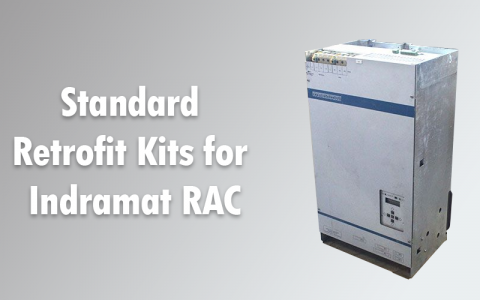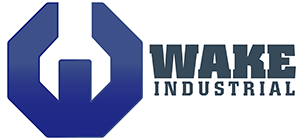Where to Buy Indramat Motors
19 December, 2023 | Indramat, Motors, Where, To Buy, In-Stock, Purchase

Standard Retrofit Kits for Indramat RAC
19 December, 2023 | Indramat, RAC, Retrofit, Kit, Standard, Motor

Resolving Indramat Error Code C220
19 December, 2023 | Indramat, Error, Code, C220, Troubleshooting, Issues

Replacing an Indramat HDS Drive
19 December, 2023 | Indramat, HDS, Drive, Replacement, Troubleshooting

Indramat PPC Controls
19 December, 2023 | Indramat, ppc, controls, about, information, maintenance, support

Indramat Legacy Drives
18 December, 2023 | Indramat, Legacy, Drives, About

Indramat Error F229
18 December, 2023 | Indramat, Error, F229, Diagnosis, Troubleshoot

Indramat EcoDrive Error F409
18 December, 2023 | Indramat, EcoDrive, Error, F409, Troubleshoot, Diagnosis, Fix

Indramat Ecodrive Error F234
18 December, 2023 | Indramat, EcoDrive, Error, F234, Fix, Reason, Solution, Troubleshoot

Indramat E251 Motor Overtemperature Warning
18 December, 2023 | Indramat, E251, Motor, Overtemperature, Warning, Meaning

- Call: 1-888-551-3082
- International: 1-919-443-0207
- Fax: 1-919-867-6204
- Email: sales@wakeindustrial.com
- Address:
- 1620 Old Apex Rd
- Cary, NC 27513










